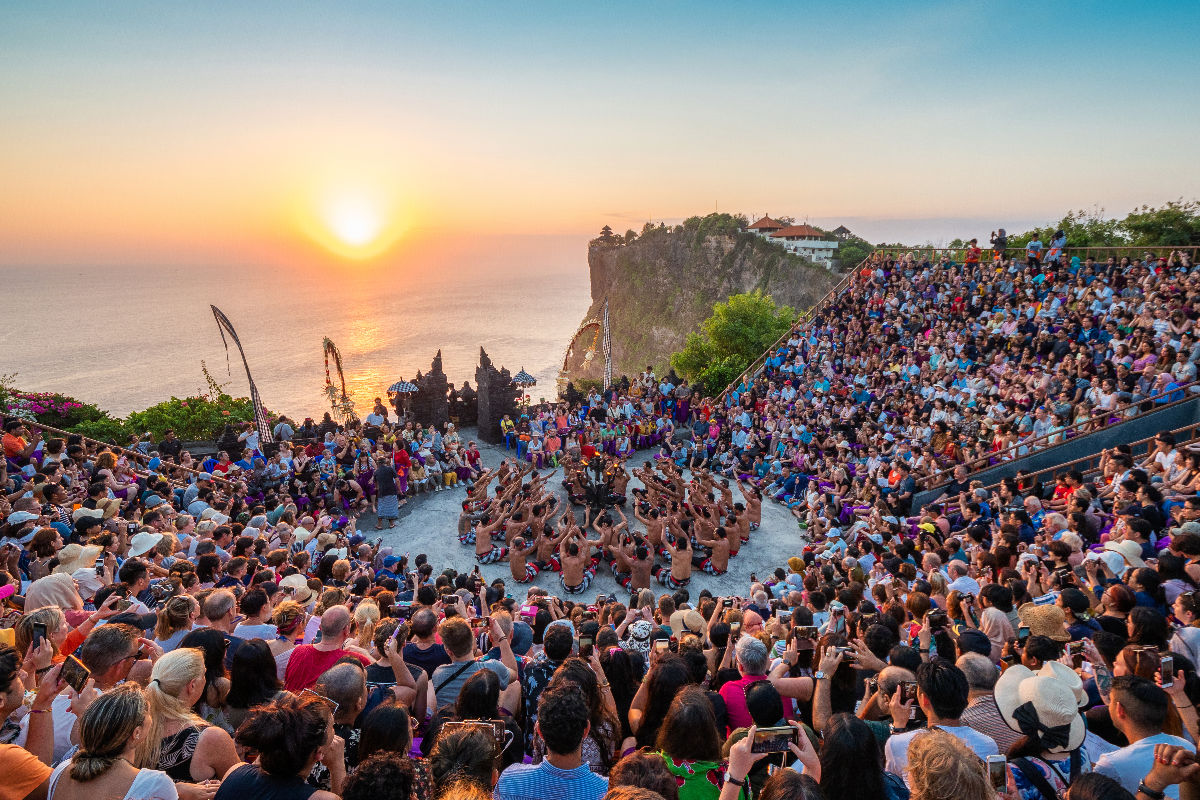Bali is buzzing with excitement as leaders confirm that the paradise island saw over 6.3 million international tourists visit in 2024. Can you imagine the vibrant streets filled with travelers from all over the world, soaking in the rich culture, stunning landscapes, and delectable cuisine? It truly makes my heart race just thinking about it!

Record-Breaking Tourism in 2024
2024 has officially been declared a record-breaking year for Bali and Indonesia at large in tourism. Not only did the island welcome its visitors, but the country also celebrated over 12 million international arrivals! It’s incredible to think about how many stories and connections were made during these visits.
According to Tjok Bagus Pemayun, the Head of the Bali Provincial Tourism Office, the period from January 1st to December 29th, 2024, accounted for 6.3 million international arrivals. Although the last two days of the year weren’t counted in those final figures, it’s obvious Bali surpassed its tourism goals for the year—initial estimates had set the target at 5.5 million to 6 million visitors.
Setting New Goals for 2025
With such a successful year behind us, Pemayun has boldly announced that Bali is targeting 6.5 million foreign visits in 2025. It’s not just about numbers, though—he emphasized wanting visitors who are respectful of local culture and society and who plan to stay longer and spend more during their trips. How great would it be to travel and truly immerse yourself in the local lifestyle?
Emphasizing Sustainable Tourism
One of the focal points for Bali’s tourism sector is shifting the narrative towards sustainable and culturally respectful tourism. In my own travels, I’ve often found that taking the time to understand a place and its people makes the experience much richer and more fulfilling. Bali is encouraging tourists to stay longer and deepen their connections with the island.
The average length of stay for foreign guests at starred hotels in Bali has been gradually increasing. Data from November 2024 revealed that guests stayed an average of 3.01 nights, up slightly from October’s 2.99 nights. Even small increments like this can indicate an emerging trend of travelers wanting to soak in more of Bali’s charm!
Understanding Tourist Demographics
It’s interesting to consider how different demographics influence travel patterns. Many repeat visitors, especially from Malaysia and Singapore, often plan short trips. It’s fascinating how preferences vary based on travel origin. Kadek Agus Wirawan, the Acting Head of the Bali Central Statistics Agency, highlighted that Australia remains Bali’s leading tourism market, but the Chinese market is also recovering impressively post-pandemic.
In November 2024, Bali welcomed a remarkable 72,900 foreign tourists. Australians made up 24%, while visitors from India and China contributed significantly as well. Diversifying the types of travelers that Bali attracts will be crucial moving forward. I’ve often found that meeting people from different backgrounds can significantly enrich the travel experience!
Domestic Tourism and Collaboration
Domestic travel plays a vital role in Bali’s tourism landscape. While Bali reigns as a top destination for Indonesians, Java sees considerable demand as well. In fact, Java welcomed 69.87% of all domestic tourists in November 2024, translating to a whopping 56.32 million trips!
In 2025, expect to see increased promotion of lesser-explored regions such as West Bali and East Java. Regions that offer unique attractions, like the 3B Tour that takes tourists from the stunning Lovina Beach to the majestic blue fires of Mount Ijen in Java, will likely garner more attention. Exploring new destinations can lead to mesmerizing experiences, and who doesn’t want to discover hidden gems?
As Bali gears up for a bright tourism future, the focus on sustainability, cultural respect, and diverse traveler profiles is sure to create memorable experiences for both visitors and locals alike. I’m excited to see how this stunning destination evolves and transforms over the next year—how about you?






